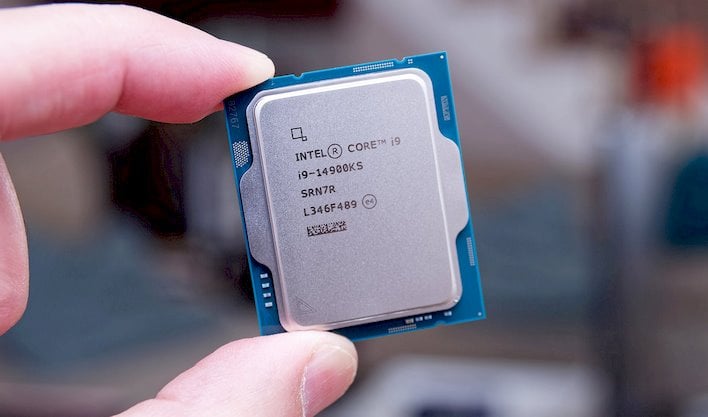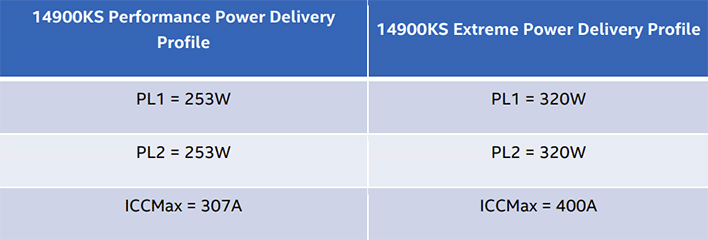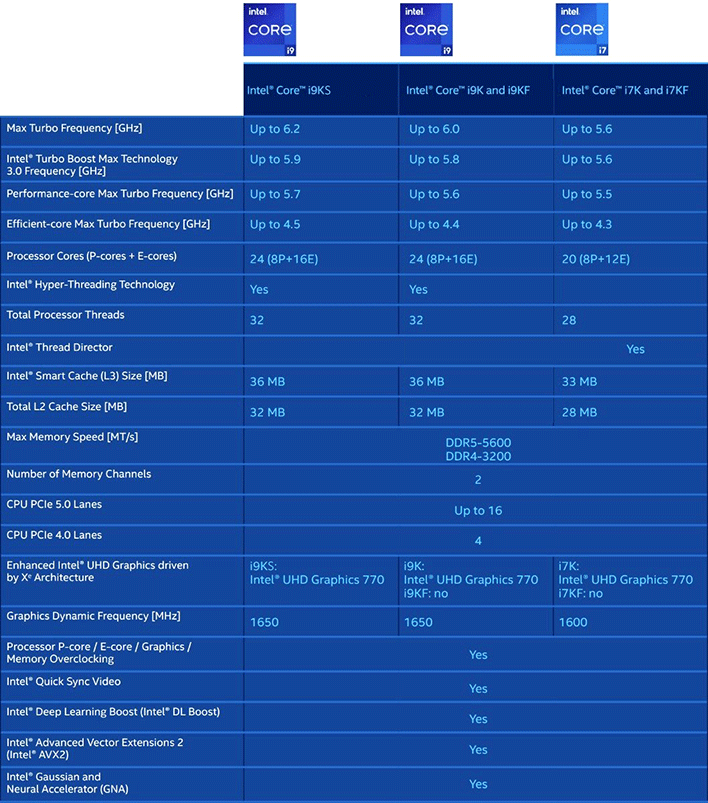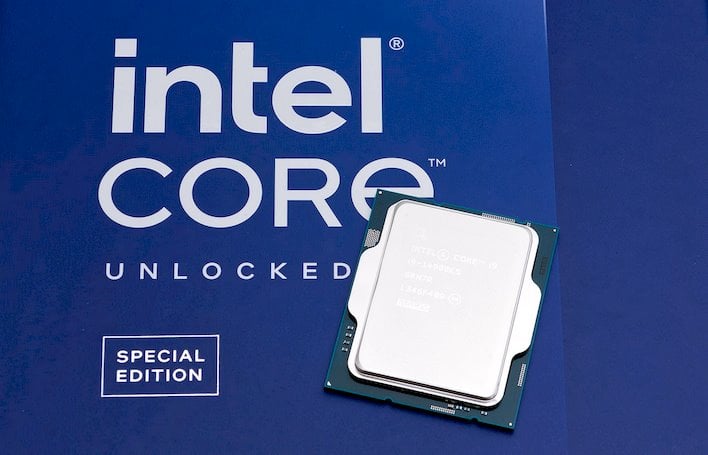Intel Core i9-14900KS Review: The Fastest Desktop CPU Yet
Core i9-14900KS Review: Intel Pushes Its Top-End Raptor Lake CPU To A Blazing 6.2GHz

| Intel Core i9-14900KS: MSRP $699 Intel just released its fastest desktop processor yet, the 24-core / 32-thread Core i9-14900KS, which is capable of running at up to a blistering 6.2GHz.
|
|||

|

 |
||
Intel is launching is fastest desktop processor yet today, the Core i9-14900KS. For those of you familiar with Intel’s playbook the last few generations, and those that have been paying attention to our news channel, the Core i9-14900KS won’t be a surprise. Like previous-gen “KS” special edition Intel processors, the Core i9-14900KS takes everything about the existing Core i9-14900K and amps it up a couple of notches. While the Core i9-14900K was also a speedy processor capable of running at up to 6GHz, the new Core i9-14900KS can actually achieve 6.2GHz on a couple of its cores. That not only makes the Core i9-14900KS the highest frequency desktop CPU yet, but should crank up performance a bit when the chip can stretch it legs.
We’ll get to some numbers shortly, but first let’s fill in the blanks and get some particulars out of the way, now that the Core i9-14900KS is official...
Intel 14th Gen Core Processors Specifications & Features
The Core i9-14900KS is based on the same architecture (Raptor Lake-S) and at its heart lies the same slice of silicon as the Core i9-14900K, and the 13900K/KS for that matter. It’s a 24-core / 32-thread processor, comprised of 8 P-cores (with Hyper Threading) and 16 E-cores (without Hyper Threading). Cache, memory, iGPU, socket and its supported feature set are unchanged from its predecessors. However, where the Core i9-14900KS differs is in terms of its frequencies. By carefully binning the processors, and tweaking and tuning its voltage and frequency curve, Intel was able to increase max single- and multi-core turbo frequencies across the board. With single-threaded workloads, the Core i9-14900KS will be able to turbo up to 6.2GHz and multi-core turbo frequencies increase by up to 100MHz, thermal and power limits permitting, of course.

Like other Special Edition “KS” branded processors, Intel ships the Core i9-14900KS is a stylized box with the actual processor encased in a shiny, wafer-like enclosure. Other than the specific 14th Gen branding, however, there’s not much that physically sets the Core i9-14900KS apart from its siblings. The packaging, heat spreader, TIM, etc. are all unchanged.
Intel Core i9-14900KS Power, Frequencies & Configuration
As mentioned, Intel carefully bins the dies used on the Core i9-14900KS and tunes power delivery to offer those relatively high frequencies. The available power level options also vary, depending on the motherboard and cooler being used with the processor.
Intel technically specs a 125W base power and 253W max turbo power for the Core i9-14900KS, but it’ll rarely be tied down by those specs, unless configured with a modest cooler. Current enthusiast-class motherboards, like the MSI Z790 board we used for testing, will often ask what type of cooler is being used on first boot, and configure higher power levels with more capable coolers. With an extreme power deliver profile, the Core i9-14900KS may actually be configured with a 320W PL1/PL2. And some platforms will unlock the power level altogether and allow the chip to use as much power as is available, and ride along the bleeding edge of the Core i9-14900KS’s 100°C thermal limit.
The Core i9-14900KS is based on the same stepping / revision as the 13th and 14th Gen Core line-up, at least according to CPU-Z.
As previously mentioned, the Intel Core i9-14900KS only differs from its predecessors in terms of its clocks. There’s 176K (48K + 32K / 32K + 64K) of total L1 cache per core, 2MB of total L2 cache per P-core, 4MB of L2 cache per 4-core E-core complex, and up to 36MB of L3 shared across all of the cores. You’ll note that on our particular sample, it is only P-cores 6 and 7 that offer the 62x multiplier necessary to hit that peak 6.2GHz turbo target. And even then, it’s only when running lightly threaded workloads. With multi-threaded workloads that hammer the entire chip, even those premium cores top out at about 5.4GHz, which is still pretty fast.
We have more details regarding frequencies and power a little later on. For now let's move on and see how this hot-clocked, special edition processor performs in some benchmarks...












